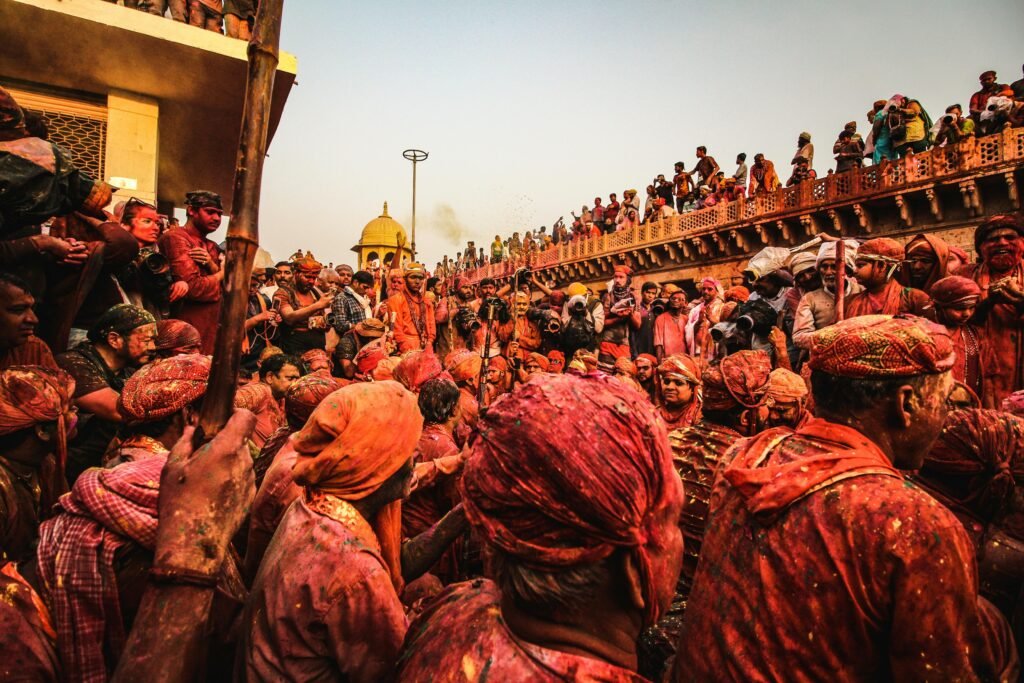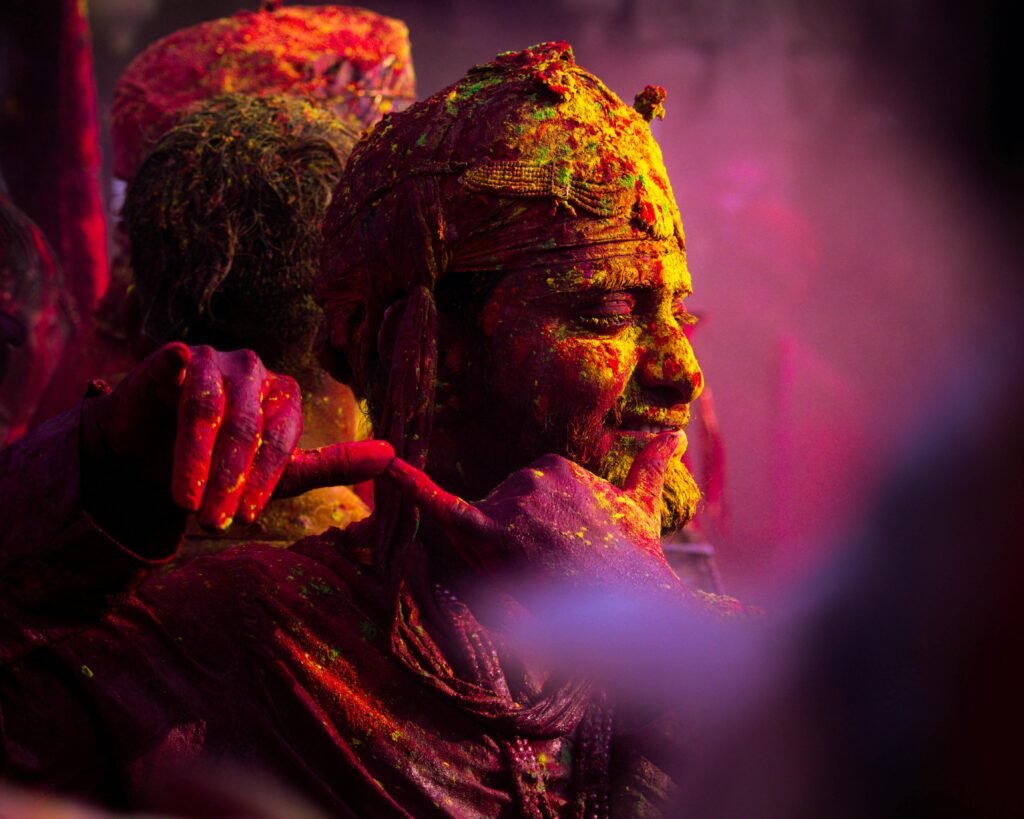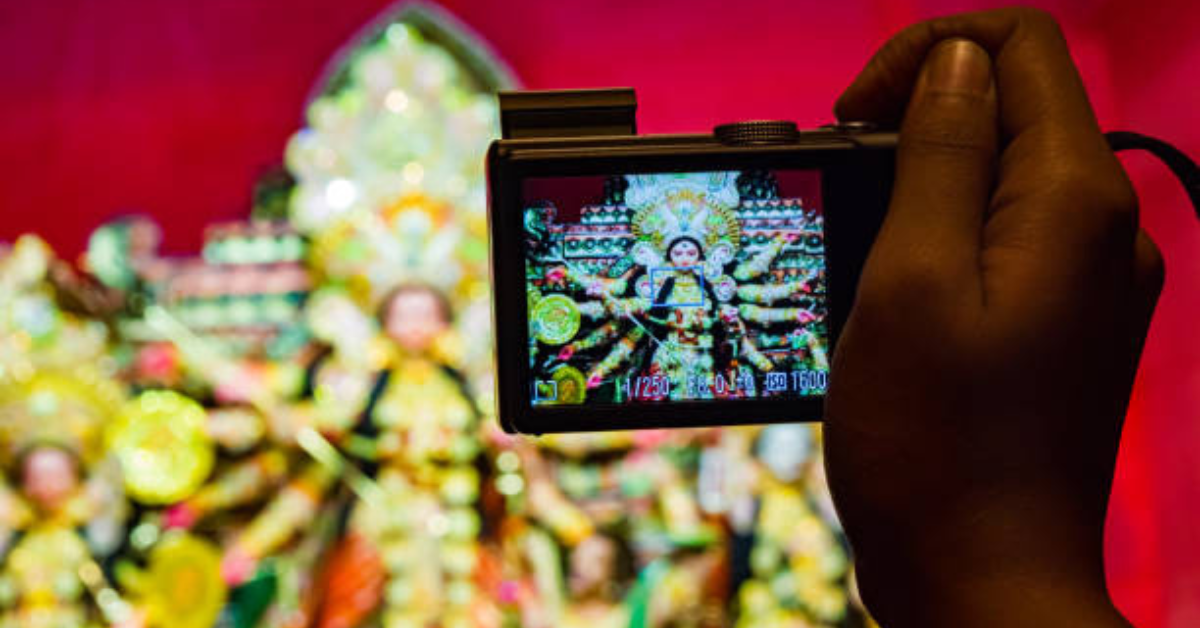
Introduction : Temples in the Digital Age
Have you ever wondered how ancient temples are adapting to the digital world? Surprisingly, temples in the digital age are embracing technology to preserve and promote spiritual practices. Today, you can listen to the Bhagavad Gita on mobile apps or witness live aarti from famous temples like Kashi Vishwanath. These advancements help devotees stay connected with their faith, even from miles away.
In ancient times, devotees travelled long distances for darshan, but now, virtual tours make it possible with a click. For instance, the Tirupati Balaji Temple offers online booking for seva and live streaming of daily rituals. This not only saves time but also allows elderly or distant devotees to stay involved.
Even rituals like Abhishekams and Archanas can now be sponsored online, maintaining the essence of devotion. According to a 2024 survey, over 60% of devotees prefer digital platforms to stay connected with their spiritual roots.
The fusion of tradition with technology ensures that the divine experience is never out of reach. Whether you’re reliving Krishna’s childhood tales through interactive apps or exploring ancient temples through virtual reality, technology keeps you close to India’s rich spiritual heritage. Temples in the digital age are truly blending faith and innovation.
The Intersection of Tradition and Technology
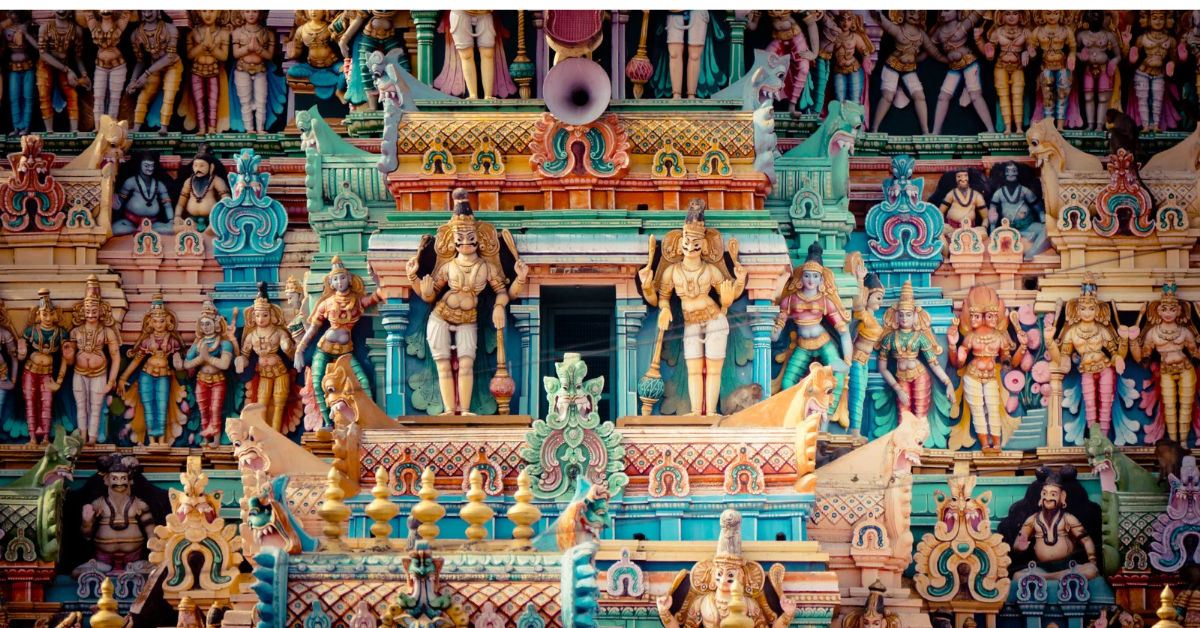
Historical Significance of Hindu Temples
Hindu temples have been spiritual and cultural hubs for thousands of years. They are not just places of worship but also centers of knowledge, preserving ancient texts and teachings. Temples have safeguarded scriptures like the Vedas and Bhagavad Gita, ensuring that sacred wisdom is passed down through generations. For centuries, these spaces also nurtured classical arts like Bharatanatyam and Carnatic music. The Chidambaram Temple in Tamil Nadu, for instance, still echoes with the rhythms of ancient Natya Shastra performances. When you step into a temple, you’re not just entering a building—you’re walking through centuries of history, devotion, and culture.
The Role of Technology in Preserving Traditions
In the digital age, technology helps safeguard and promote ancient traditions. Rare palm-leaf manuscripts that once risked decay are now digitized and accessible worldwide. Platforms like Google Arts & Culture provide virtual tours and archives of famous temples, ensuring that this heritage is preserved. According to a 2024 survey, over 70% of Indian temples have adopted digital solutions for documentation and rituals. Even temple rituals like Abhishekams and Archanas can now be sponsored online, allowing devotees to participate from anywhere. This digital preservation keeps the essence of Hindu traditions alive while making them more accessible to younger generations.
Virtual Reality and Cultural Experiences
Virtual reality (VR) is revolutionizing how people experience temples in the digital age. Imagine putting on a VR headset and attending the Rath Yatra in Puri or witnessing the grand Aarti at Varanasi. VR brings temple festivals and rituals to life, allowing devotees to engage with their faith from anywhere in the world. For those unable to visit due to distance or health, VR creates an immersive spiritual experience. This innovation ensures that the magic of temple traditions remains accessible, making spirituality inclusive and engaging for all.
Digital Platforms and Temples in the Digital Age
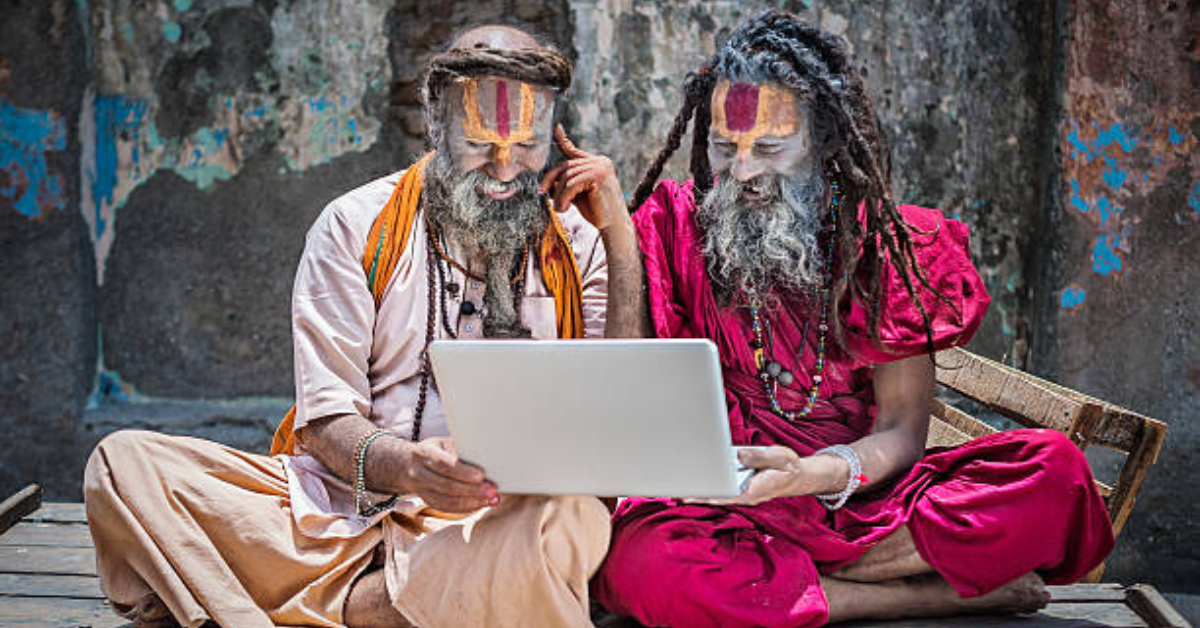
Use of Apps and Online Resources
Temples in the digital age have embraced mobile apps and online platforms to make religious practices easier for devotees. Apps now offer puja schedules, live-streamed ceremonies, and access to sacred texts. You can even listen to morning aartis from famous temples or chant guided mantras before starting your day. According to a 2024 survey, over 60% of Indian temples use apps to provide virtual darshan and updates.
For those curious about Hindu traditions, these apps offer easy-to-understand explanations of rituals and festivals. Imagine learning about Ekadashi fasting rules or the story behind Ram Navami while sipping tea at home. Many apps also offer guided meditations, helping you stay spiritually connected amidst your busy routine. Online booking for darshan or special pujas ensures that you avoid long queues and enjoy a hassle-free experience.
Platforms like Divyakripa take this a step further by providing personalized spiritual content and devotional stories. These platforms allow you to explore the depths of Hindu philosophy while connecting with divine wisdom in an engaging way. With such digital resources, staying connected to your faith has never been so convenient.
Engaging the Global Community through Digital Initiatives
Temples in the digital age are using technology not only for preservation but also to engage a global audience. Live-streamed festivals and rituals allow devotees worldwide to participate in sacred celebrations. Imagine watching the grand Rath Yatra of Puri or experiencing the vibrant Navratri festivities from your living room.
Temples are also hosting webinars, cultural workshops, and interactive sessions to share knowledge about Hindu traditions. These initiatives bring together people from different backgrounds who share a love for Indian culture. Social media platforms further amplify this reach, creating virtual communities bound by devotion and shared values.
Case Study: Kamakhya Temple’s Digital Transformation
A remarkable example of digital transformation is the Kamakhya Temple in Assam. Known for its spiritual energy and historical importance, Kamakhya has embraced technology to engage devotees worldwide. During the pandemic, the temple launched virtual darshan services, ensuring devotees could stay connected to the divine.
The temple’s official website provides detailed information on rituals, history, and daily schedules. Social media platforms showcase video tours and live coverage of important ceremonies. This approach has strengthened Kamakhya’s global presence and allowed devotees from faraway lands to experience its spiritual essence.
Temples in the digital age are blending tradition with technology to make spiritual experiences accessible to all. As more platforms like Divyakripa emerge, they ensure that sacred practices thrive in modern times. This synergy between heritage and technology keeps faith alive and relevant for tech-savvy generations.
Reviving Traditional Art Forms in the Modern Era
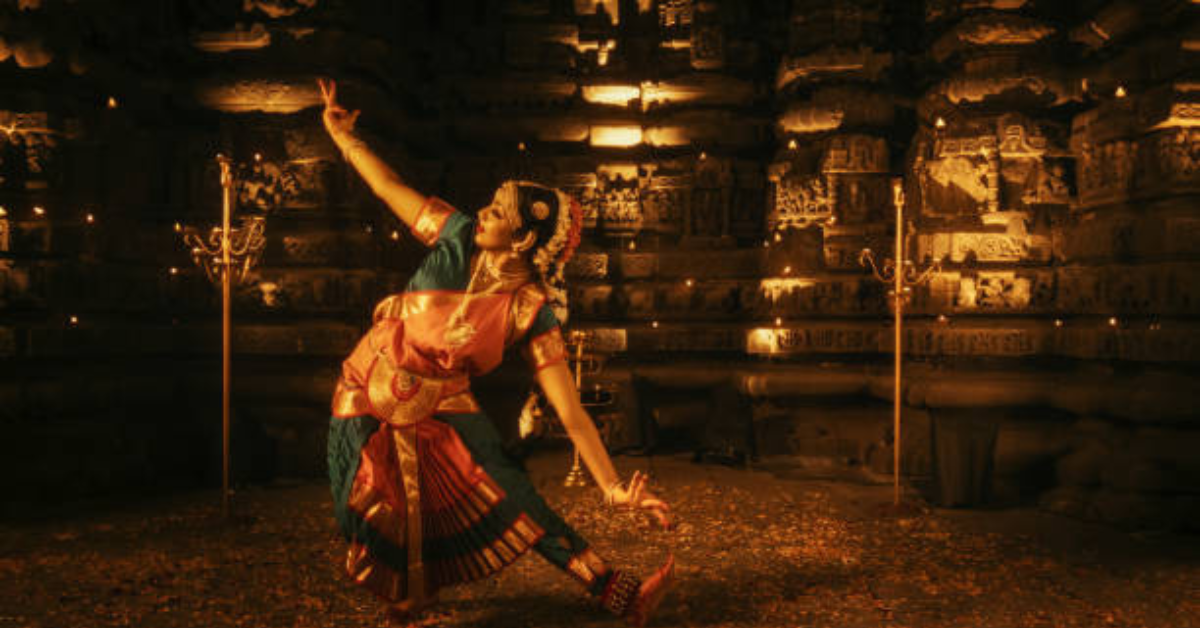
Bringing Ancient Arts to Life
In temples in the digital age, ancient art forms like Bharatanatyam, Kuchipudi, and Carnatic music are making a vibrant comeback. Imagine hearing the soft strumming of the veena or watching a dancer narrate the story of Lord Krishna’s childhood through intricate movements. These sacred arts, once confined to temple courtyards, are now accessible to people worldwide. Thanks to digital platforms, you no longer need to wait for a festival to witness these mesmerizing performances. Many temples stream live performances, ensuring devotees can enjoy these timeless arts from the comfort of their homes.
Preserving Heritage Through Technology
The digital age has provided temples with tools to preserve their rich cultural heritage. Many temples now maintain digital archives that store ancient performances and temple rituals. These archives protect traditions from fading away while making them easily accessible to students, researchers, and enthusiasts. Digital platforms can offer treasure trove of classical performances and temple histories that would otherwise be lost. By digitizing these records, temples ensure that the beauty of traditional art forms continues to inspire future generations.
Reaching a Global Audience
One of the most exciting developments is how temples in the digital age are reaching a global audience. Virtual reality (VR) now allows you to “visit” ancient temples and witness grand festivals without stepping out of your home. Imagine experiencing the grandeur of the Navaratri celebrations at the Madurai Meenakshi Temple or witnessing the famous Ratha Yatra in Puri through immersive technology. This digital transformation has brought temple traditions to devotees who might not have the opportunity to experience them otherwise.
Inspiring the Younger Generation
Temples are also using digital platforms to engage younger generations with traditional art forms. Social media platforms like Instagram and YouTube feature young artists blending classical styles with modern influences, making these art forms trendy and relatable. Schools and cultural organizations are offering online courses that teach classical arts, ensuring that these ancient skills are passed down. Many temples also host online cultural festivals, encouraging young talents to showcase their skills and stay connected to their roots.
Keeping the Sacred Arts Alive
Temples in the digital age are ensuring that classical arts not only survive but thrive. By blending tradition with modern technology, they are inspiring a new generation of devotees to explore and appreciate these timeless forms. As you witness a live-streamed Bharatanatyam performance or explore a temple virtually, remember that you are part of a movement that honors tradition while embracing the future. Through these efforts, the sacred arts can be kept alive.
Conclusion
Temples in the digital age are creating a beautiful balance between age-old traditions and modern technology. This transformation lets devotees stay connected to their faith, no matter where they are. You can now read the Bhagavad Gita on your phone or witness aarti at the Kamakhya Temple from miles away. Technology has opened doors that were once unimaginable, making spirituality accessible to all.
Virtual reality, online archives, and digital platforms ensure that sacred knowledge and classical arts are preserved for future generations. Imagine watching a Bharatanatyam performance or listening to temple chants while sitting at home—this is now a reality. Temples are also using platforms like Divyakripa to spread awareness, share rituals, and engage with a global audience.
This digital shift is not just about convenience; it’s about keeping cultural ties alive in a rapidly evolving world. As technology continues to grow, more people can explore and experience the beauty of Hindu traditions without boundaries. Whether you’re tuning in for a virtual darshan or exploring ancient scriptures, temples in the digital age are ensuring that faith, culture, and community stay vibrant and connected in modern times.

